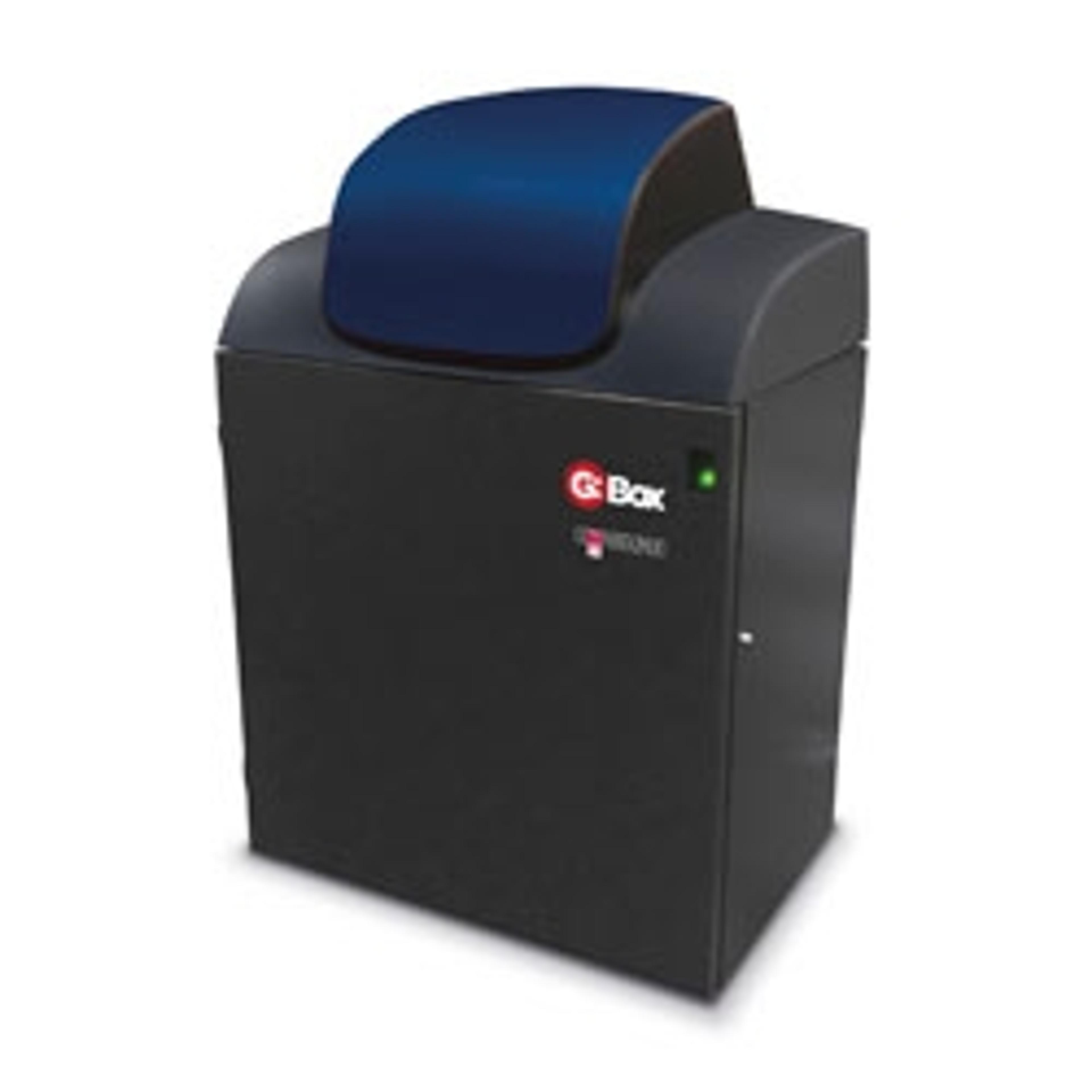G:BOX Chemi XRQ used to Study Mechanisms of Cardiac Myocyte Function
Research could assist in developing stem cell therapy for heart repair
15 Sept 2015
Syngene, a world-leading manufacturer of image analysis solutions is delighted to announce that the G:BOX Chemi XRQ high resolution, multi-application image analysis system is being successfully used at the Lithuanian University of Health Sciences Academy of Medicine to study molecular mechanisms of cardiac stem cell function which could help in developing stem cell therapies for heart repair.
Researchers in the Laboratory of Cell Culture at the Lithuanian University of Health Sciences Academy of Medicine are utilizing the easy-to-use G:BOX Chemi XRQ system to image and analyze proteins on chemiluminescent Western blots and DNA gels stained with SYBR® Safe dyes. The image analysis data is being used to investigate the effects that genetic modification have on how stem cells differentiate into cardiac myocytes and integrate into cardiac tissue. Scientists at the Laboratory of Cell Culture believe results from this research could provide clues that help in utilizing stem cell therapy for heart repair.
Dr Ieva Antanaviciute, a Research Scientist at the Laboratory of Cell Culture in the Lithuanian University of Health Sciences Academy of Medicine stated: “Our lab is focused on gap junction-mediated intercellular communication. We study expression of gap junction proteins (connexins) under different environmental conditions in model cell lines (HeLa) also skeletal myoblast. To analyze our results we need an imager that can perform well with DNA gels as well as, chemiluminescent Western blots.”
Ieva continued: “We reviewed a range of imaging systems because we wanted to get the best value for our money. The price and service are what attracted us to the G:BOX Chemi XRQ as the system generated good publication quality images and we have the opportunity to upgrade with different filters. This is excellent for our lab as in the future we may want to analyze florescent Western blots. ”
“We are pleased that scientists at the Lithuanian University of Health Sciences Academy of Medicine are successfully using Syngene’s next generation image analysis technology,” explains Rob Van den Broek, European Sales Manager at Syngene, “their use of the G:BOX Chemi XRQ shows that the system is an excellent multi-purpose imaging workstation. Scientists demanding an affordable, yet accurate method of generating high quality results should contact us at Syngene to see how well a G:BOX Chemi XRQ system can perform chemiluminescent Western blot and 1D gel imaging in their laboratories.”

